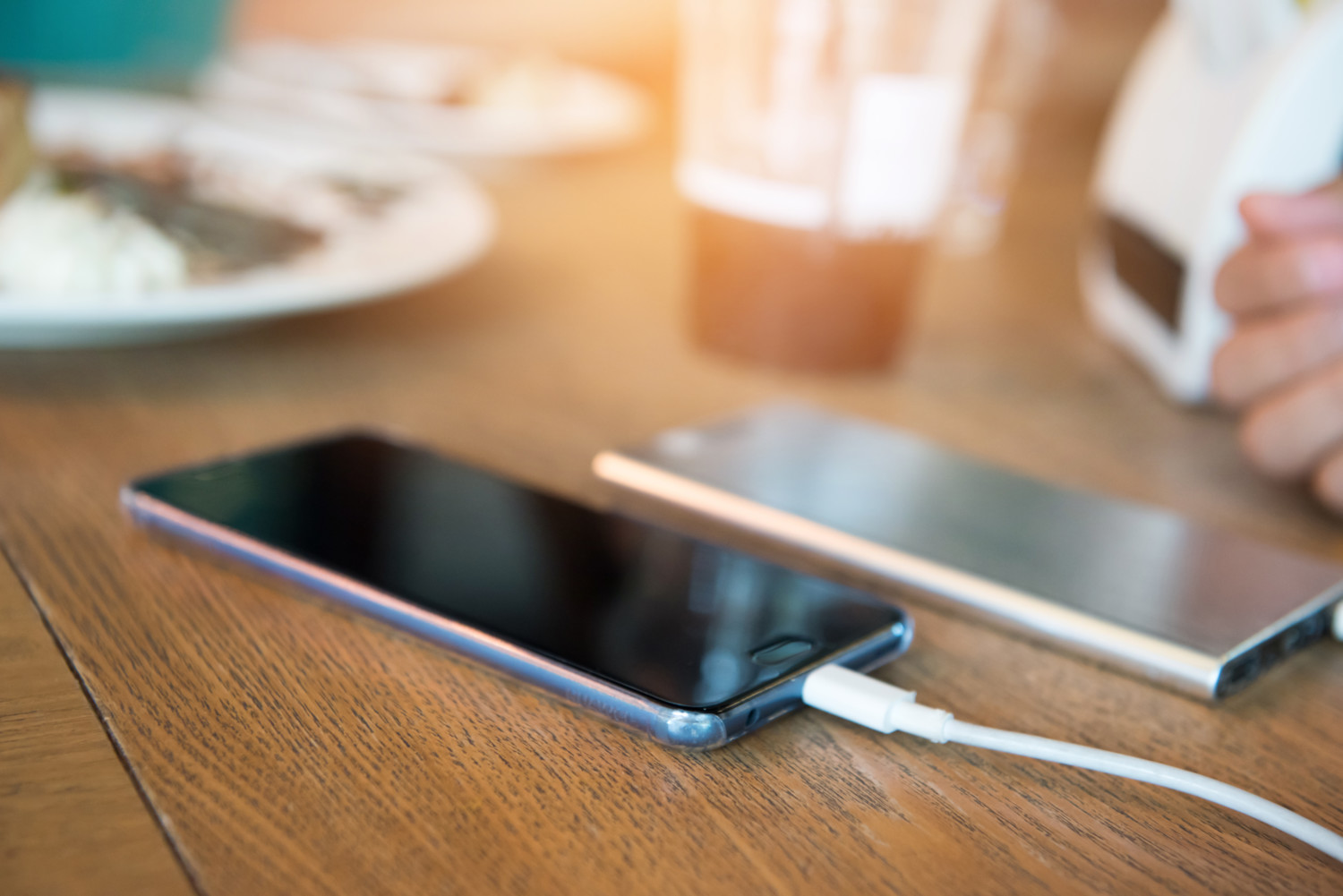
Keep in mind that you are not likely to have a completely dead phone every time, and if you are in a rush you will probably not be charging to a full 100%, therefore the gap is likely even less significant in real world conditions. Going from 90% to 100% is the longest 10% as charging speed will slow down to prevent damage from overcharging. Whether the marginal time savings are worth being disconnected for two hours depends on the situation and is up to the user to decide. Therefore if you will be in urgent cases, charging your battery in Low-Power Mode will be done in short period of time compare to charging it normal mode. It took on average 11 minutes longer to top off the battery during this test while the phone was online. The charge will be faster if you choose to charge it in Low-Power Mode status. It does it fact look like the iPhone 6 will charge on average 9% faster when it is set into Airplane mode. I’ve fired up all the radios so if there is a measurable difference, I would surely see it. In other words, there was a fair bit more activity on the phone in regular mode.

Several messaging apps were active and sending push notifications, resulting in the screen lighting up. The iPhone was connected to Wi-Fi, and a FitBit fitness tracker had periodically done data sync over Bluetooth.

Wi-Fi, Bluetooth and LTE cellular radios were active for the duration of the test. I lit up the screen with the home button to check the state of the charge several times during the test. The phone was switched to Airplane mode prior to being fully drained so it remains in Airplane mode for the duration of the test.


 0 kommentar(er)
0 kommentar(er)
